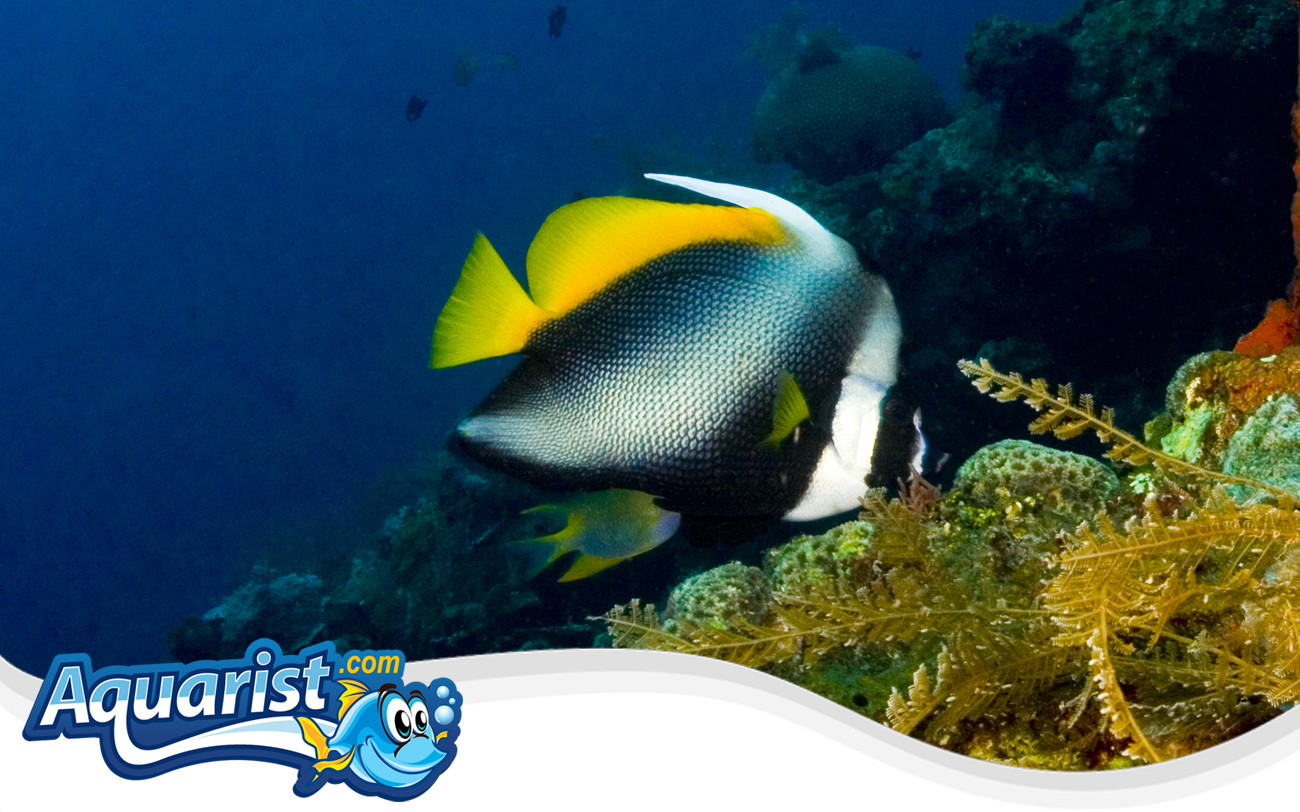Overview
- Native to the Indo-Pacific, commonly found in deep reefs and outer reef slopes.
- Distinguished by its bold black-and-white vertical stripes and elongated dorsal fin.
- Unlike other Heniochus species, it is more often seen in pairs rather than large schools.
- Prefers areas with moderate water movement, where it hovers gracefully near coral formations.
- Highly adaptable to aquarium life, provided it has a spacious, well-maintained environment.
Feeding
- Omnivorous, primarily feeding on plankton, small invertebrates, and occasional algae.
- Readily accepts frozen foods such as mysis shrimp and brine shrimp.
- Can be trained to eat high-quality pellets and flakes supplemented with marine algae.
- Multiple small feedings per day are recommended for optimal health.
- Frequently forages on rock surfaces, mimicking its natural behavior in the wild.
Habitat
- Typically found at depths of 10-50 meters along reef drop-offs and coral ridges.
- Requires an aquarium with live rock structures for shelter and territory establishment.
- Thrives in stable water conditions with high-quality filtration.
- A minimum tank size of 125 gallons is recommended due to its active swimming behavior.
- Reef-safe with caution, as it may pick at soft corals or small invertebrates.
Fish Care
- Optimal water temperature: 74-80°F (23-27°C).
- Ideal pH range: 8.1-8.4, with a specific gravity of 1.023-1.026.
- Moderately hardy but benefits from consistent water quality and maintenance.
- Best suited for community aquariums with other peaceful to semi-aggressive species.
- Regular water changes and a diverse diet contribute to longevity and vibrant coloration.
Compatibility
- Generally peaceful and social, though it may be territorial with similar species.
- Pairs well with tangs, wrasses, clownfish, and other reef-safe fish.
- Best kept singly or in bonded pairs to reduce competition in smaller aquariums.
- May show curiosity towards corals but does not typically cause damage.
- Avoid housing with overly aggressive tank mates that could outcompete it for food.
Aquarium Behavior
- Graceful swimmer, often seen exploring the mid-water column.
- Forms strong social bonds with compatible tank mates.
- Frequently picks at rock surfaces, mimicking natural foraging behavior.
- Adapts well to captivity but may take time to adjust to new environments.
- Thrives in an environment with ample swimming space, live rock structures, and high water quality.


